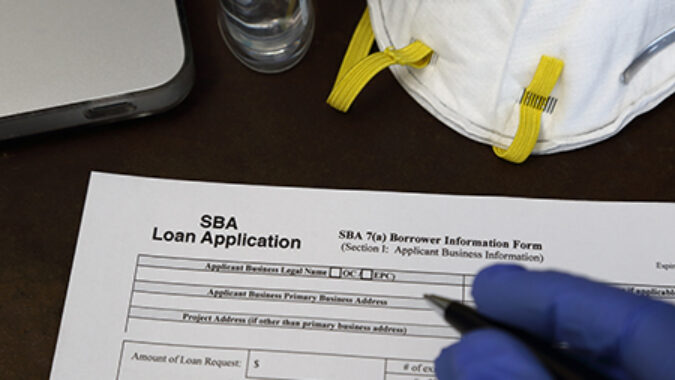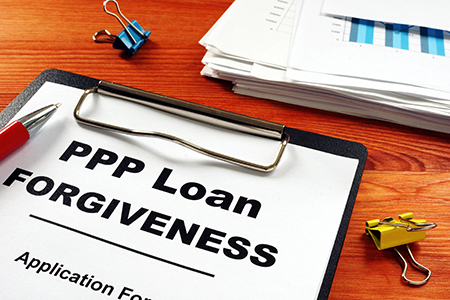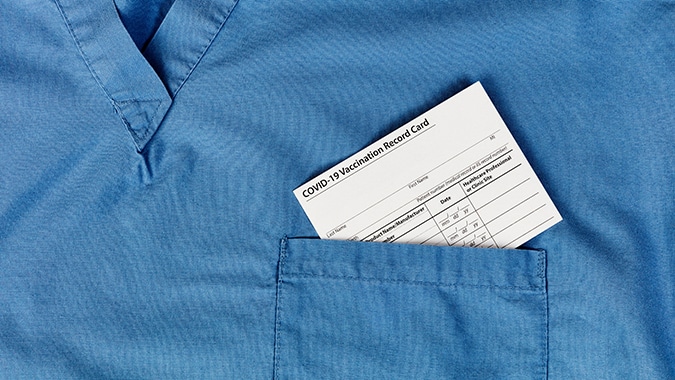New Jersey business owners hoping to qualify for forgiveness of their Paycheck Protection Program loans should pay attention to a few key provisions of the federal government’s online application that could increase their odds of success, according to attorneys from Archer Law.
In an NJBIA webinar on Wednesday, attorneys Tim Cunningham and David Weinstein said there were a few “pleasant surprises” in the U.S. Small Business Administration’s 11-page loan forgiveness application that borrowers will be submitting to lenders to learn if they must repay all or a portion of their loan.
Under the program’s 75/25 rule, PPP loans are eligible for forgiveness if 75% was spent on payroll, and no more than 25% was used to pay for eligible non-payroll costs, such as mortgage interest, lease and utility payments. The loan forgiveness application now clarifies that leases on business personal property, such as vehicles and equipment, also count toward that 25% non-payroll calculation.
“Most people thought it would only cover rent for a physical location, but this actually expands it out to personal property,” Weinstein said, noting this is especially important to restaurants and the hospitality industry, which tend to lease a lot of equipment.
Cunningham said the SBA has also provided more clarity on what types of business utility expenses can be counted toward the 25% non-payroll calculation for loan forgiveness.
“As we had surmised, (utilities) would include water and electricity, but now the SBA is more specific saying this can be phone expenses, internet expenses and, interestingly enough, transportation,” Cunningham said.
“Transportation only showed up in the loan forgiveness application – it wasn’t included in any prior guidance – and we clearly think that fuel costs would be something that would be included in there, or maybe the cost of fleet management software,” Cunningham said. “We’re watching to see if additional guidance should come out on that.”
The Paycheck Protection Program also requires borrowers to spend their loans within an eight-week period that begins the day they receive the money. However, the SBA’s online loan forgiveness application now provides borrowers with more flexibility, allowing them the option of selecting an “alternative payroll covered period” instead.
“An alternative payroll covered period is available to those borrowers who have a biweekly or less frequent payroll, and they may choose to start the eight-week period for their payroll expenses – but not their non-payroll expenses – on the first day of the first pay period following their (PPP) disbursement date,” Cunningham said.
Businesses that received early loans should also be aware of the “safe harbor” provision on the application that will help them meet staffing level requirements, even though they were unable to immediately put employees back to work in April and May due to government-ordered shutdowns.
“If employees are restored to payrolls no later than June 30 of 2020, that is a safe harbor date by which applicants can continue to ensure maximum (loan) forgiveness,” Cunningham said.
Business owners who are denied loan forgiveness must repay the amount borrowed at 1% interest over two years, which is why borrowers need to fill out forgiveness applications correctly, the attorneys said.
Go here to view to the entire webinar in which Cunningham and Weinstein take listeners line by line through the loan forgiveness application using a fictional business’ data as an example.




